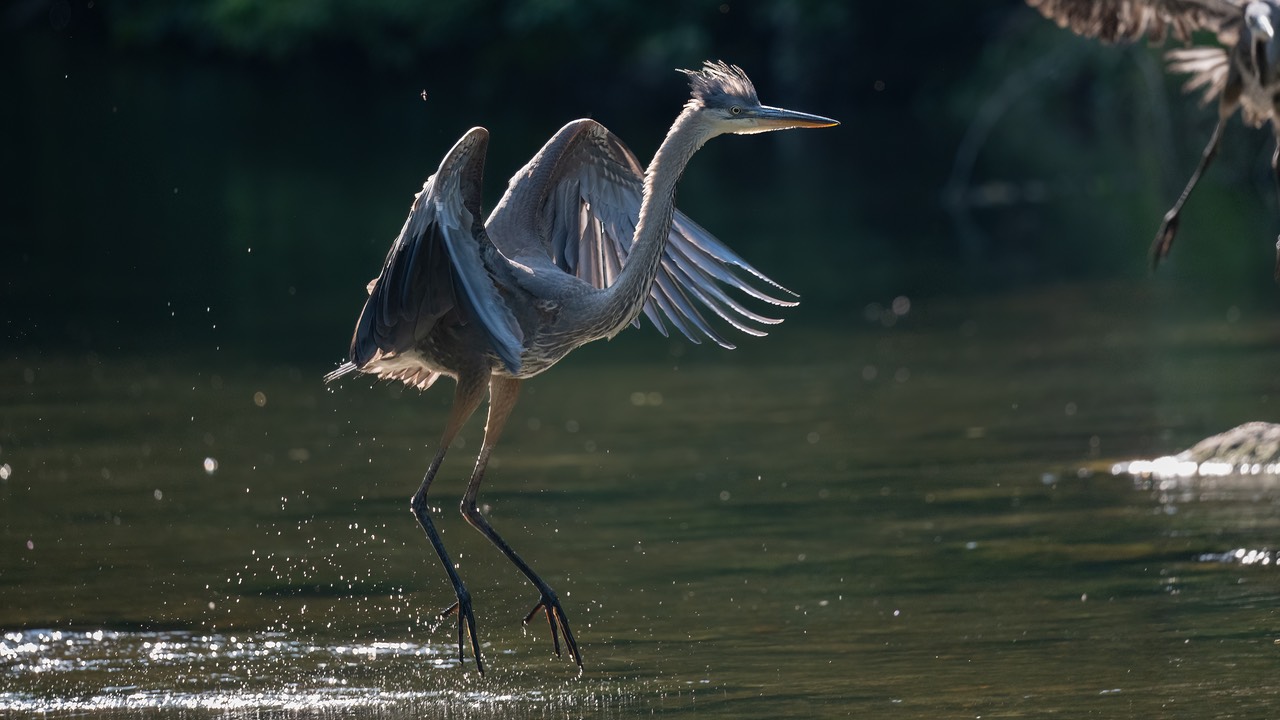Today I posted my review of the Nikon Z6 III, as well as made my Complete Guide to the Nikon Z6 III available for purchase. I was able to get these two things done earlier than usual because NikonUSA lent me a pre-release version of the camera to get started with (I've since replaced it with a copy I bought, which I used to verify my findings).
Some of you probably want the short version (there's no short version of my books ;~), so here goes:
The Z9 established new mirrorless-only technologies that have now been brought down to three other cameras, the Z8, the Zf, and now the Z6 III. There a small differences in performance between the latter two and the earlier two, mostly centered around autofocus, and which derive from the slower image sensors of the Z6 III and especially the Zf. Other than that, Nikon seems to be bringing pretty much the full set of features and performance well downward in their lineup.
So, the question you'll have is probably this: how much autofocus performance difference? For most things, you probably won't notice any difference. It's only when you get to extreme action and extreme wildlife (small BIF) that they start to show up. If you need ultimate performance, get a Z8 or Z9 and expect to pay for that (in size and weight as well as price). If you don't photograph extreme action, both the Zf and Z6 III work just fine and carry over all of the Z9 goodness.
Some of you will wonder about how much you give up with the lessor cameras. Less than you probably think. I'm perfectly happy with the Z6 III photographing wildlife, including small birds in flight. It's just that every now and again the Z6 III might trip up where my Z8 doesn't. On the flip side, the Z6 III can have an infinite buffer, so some will see that "every now and again" because they're mashing the shutter release for long periods of time.

The real news is that the Z6 III is very close to the Z8 and Z9 in focus performance, and the original Z6 and Z6 II were not, nor did they have particularly great or extensive subject detection. I proved several times that you could, with care in settings and handling, photograph sports and moving wildlife with the Z6 and Z6 II. I won't need to prove that to you with the Z6 III, as in most cases you're going to find it remarkably close to the Z8. Ignorably close.
Which leaves the measurbator's lament going around the Internet about the Z6 III: it isn't a dynamic range champion. Well, first of all, compare it properly against the Canon R6 Mark II and Sony A7 Mark IV. The Z6 III will happily photograph for as long as you hold the shutter button without losing anything in dynamic range, while if you want the fastest shutter speeds out of an R6 Mark II, you're going to see noticeable—and I mean noticeable—degradation of image quality. Meanwhile, the Sony chugs along at a max of 10 fps to keep its dynamic range up.
Not that the Z6 III is a slouch. 11.5 stops at base ISO is plenty enough dynamic range, and at ISO values from 800 to 25600 I measure the results as slightly better than the Z6 II it replaces (more data integrity, no color shift, less contrast blockage, etc.).
Overall, the Z6 III is a pretty remarkable little camera. A bag-friendly middleweight that punches above its class. Which is why I gave it a Highly Recommended.
